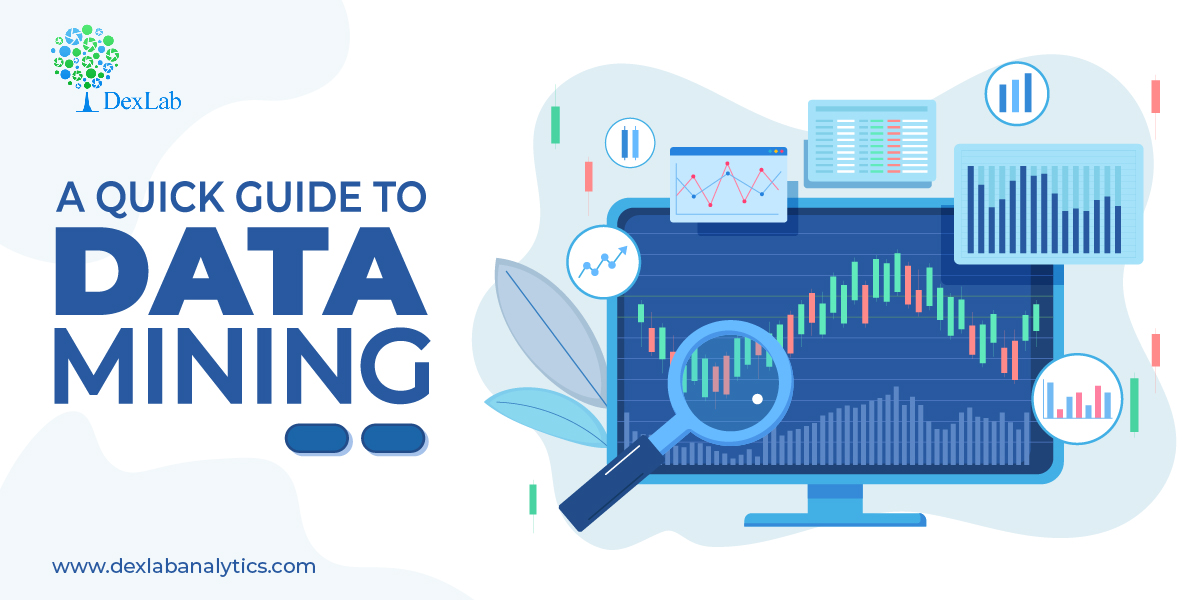Data mining refers to processing mountainous amount of data that pile up, to detect patterns and offer useful insight to businesses to strategize better. The data in question could be both structured and unstructured datasets containing valuable information and which if and when processed using the right technique could lead towards solutions.
Enrolling in a Data analyst training institute, can help the professionals involved in this field hone their skills. Now that we have learned what data mining is, let’s have a look at the data mining techniques employed for refining data.
Data cleaning
Since the data we are talking about is mostly unstructured data it could be erroneous, corrupt data. So, before the data processing can even begin it is essential to rectify or, eliminate such data from the data sets and thus preparing the ground for the next phases of operations. Data cleaning enhances data quality and ensures faster processing of data to generate insight. Data Science training is essential to be familiar with the process of data mining.
Classification analysis
Classification analysis is a complicated data mining technique which basically is about data segmentation. To be more precise it is decided which category an observation might belong to. While working with various data different attributes of the data are analyzed and the class or, segments they belong to are identified, then using algorithms further information is extracted.
Regression analysis
Regression analysis basically refers to the method of deciding the correlation between variables. Using this method how one variable influences the other could be decided. It basically allows the data analyst to decide which variable is of importance and which could be left out. Regression analysis basically helps to predict.
Anomaly detection
Anomaly detection is the technique that detects data points, observations in a dataset, that deviate from an expected or, normal pattern or behavior. This anomaly could point to some fault or, could lead towards the discovery of an exception that might offer new potential. In fields like health monitoring, or security this could be invaluable.
Clustering
This data mining technique is somewhat similar to classification analysis, but, different in the way that here data objects are grouped together in a cluster. Now objects belonging to one particular cluster will share some common thread while they would be completely different from objects in other clusters. In this technique visual presentation of data is important, for profiling customers this technique comes in handy.
Association
This data mining technique is employed to find some hidden relationhip patterns among variables, mostly dependent variables belonging to a dataset. The recurring relationships of variables are taken into account in this process. This comes in handy in predicting customer behavior, such as when they shop what items are they likely to purchase together could be predicted.

Tracking patterns
This technique is especially useful while sorting out data for the businesses. In this process while working with big datasets, certain trends or, patterns are recognized and these patterns are then monitored to draw a conclusion. This pattern tracking technique could also aid in identifying some sort of anomaly in the dataset that might otherwise go undetected.
Big data is accumulating every day and the more efficiently the datasets get processed and sorted, the better would be the chances of businesses and other sectors be accurate in predicting trends and be prepared for it. The field of data science is full of opportunities now, learning Data science using python training could help the younger generation make it big in this field.
.
data science, Data Science Certification, Data Science Classes, Data Science Courses, data science online learning, Data Science training, Data Science training institute, Python, Python certification, python certification course, Python courses, python data science course, Python for data analysis

Comments are closed here.